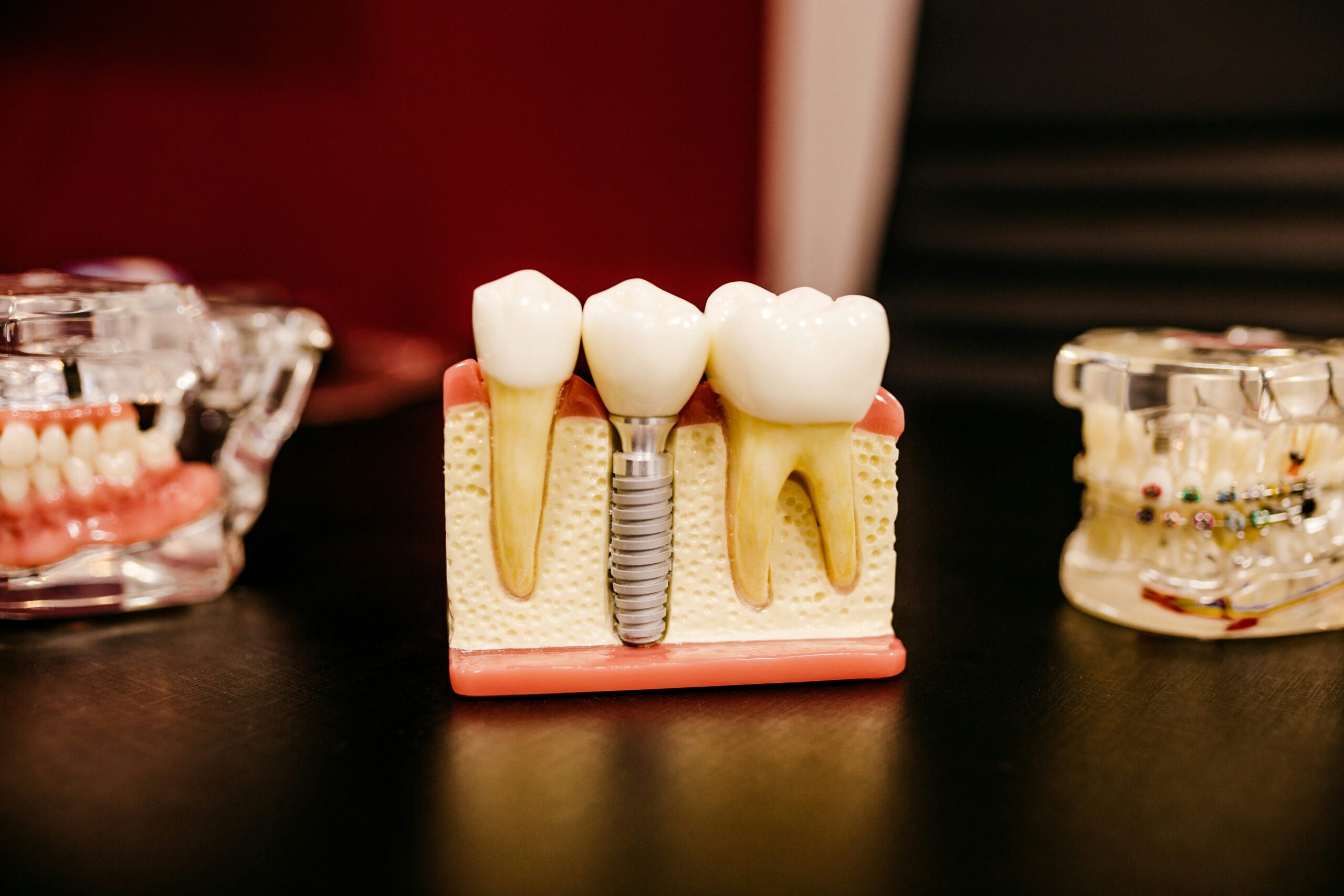
In recent years, the dental industry has undergone a significant transformation, thanks to the introduction of advanced technologies. One of the most important developments is the rise of 3D printing in the creation of dental implants. This innovative process combines precision, customization, and speed in once unimaginable ways. As this technology continues to evolve, it enables dentists and patients alike to experience better outcomes, faster procedures, and improved overall care.
Redefining Accuracy in Dentistry
Traditionally, dental implants have relied on manual techniques and lab work, which can introduce small inaccuracies and variations. Even minor errors in fit or shape can lead to complications such as discomfort, poor aesthetics, or longer healing times. However, 3D printing technology addresses these challenges by producing dental implants with extremely high accuracy.
Using digital scans of a patient’s mouth, dentists can design implants that match the exact contours of a person’s gums, bone structure, and remaining teeth. These scans are converted into digital models that guide the 3D printer in creating custom implants with precision down to the micron level. This level of precision not only improves the comfort of the implant but also enhances its long-term stability and success.
The Power of Customization
Every mouth is different, and so are the needs of each dental patient. 3D printing enables a level of customization that traditional methods can’t match. From the shape and size of the implant to the placement of screws and abutments, everything can be tailored to the individual patient. This ensures that the implant fits perfectly with the existing structure of the mouth, reducing the need for adjustments and minimizing discomfort during and after the procedure.
Moreover, 3D printing allows dentists to make quick changes to a design before printing. This flexibility empowers dental professionals to make informed decisions based on real-time feedback and the specific needs of each patient. Patients benefit from implants that look and feel more natural, giving them confidence in their smiles.
Speeding Up the Process
Time is an essential factor for both dentists and patients. Traditional methods of making dental implants often involve multiple appointments, long wait times, and delays due to lab work. 3D printing can dramatically shorten the entire process.
Once the digital scan is taken, the design can be printed almost immediately, often within a few hours. This reduces the time patients have to wait for their final implant and lowers the number of dental visits. Faster production means quicker recovery and earlier return to normal activities. In some cases, same-day dental implants are now possible thanks to the speed of 3D printing.
Cost-Effective Solutions for Patients and Clinics
Although high-tech equipment might seem costly at first, 3D printing reduces the overall expense of dental implant procedures. Traditional methods involve several steps, each with its associated costs—lab fees, materials, shipping, and manual labor. With 3D printing, many of these steps are eliminated or significantly simplified.
This cost reduction is passed on to patients, making dental implants more affordable and accessible. Dental practices also benefit by streamlining their workflows and increasing efficiency, which allows them to treat more patients with fewer resources.
Advancing Materials and Techniques
Another reason 3D printing is shaping the future of dental implants lies in the materials used. Today’s 3D printers are capable of printing with biocompatible materials, such as resins, ceramics, and titanium. These materials are strong, safe for long-term use, and mimic the properties of natural teeth and bones.
As material science continues to advance, we are likely to see even more options that combine strength, durability, and aesthetics. This will further improve the quality of implants and expand the range of procedures that can be performed using 3D printing technology.
Training the Next Generation of Dentists
The adoption of 3D printing in dentistry is also transforming how dental students are trained. Digital tools allow for simulations, virtual design practice, and hands-on experience with state-of-the-art machines. This prepares the next generation of dental professionals to enter the workforce with the skills necessary to deliver the best possible care.
By integrating digital workflows into their education, dental schools ensure that their graduates are well-versed in the latest technologies. This shift will help maintain high standards in dental care and drive continued innovation in the field.
Improving Patient Experiences
The most significant impact of 3D printing on dental implants is its improvement of the patient experience. From shorter wait times and fewer visits to more comfortable and longer-lasting results, patients benefit in multiple ways. Having a dental implant that fits perfectly and looks natural can restore not only the function of a tooth but also the patient’s self-esteem.
Dentists can also use 3D-printed models to explain procedures to patients more clearly, helping them understand what to expect and feel more involved in their treatment plan. This fosters trust and satisfaction, which are essential to achieving successful healthcare outcomes.
Looking Ahead
3D printing is no longer a futuristic concept in dentistry—it is a present-day tool that is shaping the future of dental implants. As the technology becomes more refined and widely adopted, patients can expect even greater improvements in comfort, convenience, and care.
With its ability to deliver precision, speed, customization, and affordability, 3D printing is setting a new standard in dental healthcare. It is turning complex procedures into more manageable and successful treatments, paving the way for a new era of dental innovation where beautiful smiles are crafted with science and care.